Zithromax Dosage Tables
For Adult Patients:
| Infection Type |
Recommended Dose/Duration |
| Community-acquired pneumonia, Pharyngitis/Tonsillitis, Skin Infections |
500 mg on Day 1, then 250 mg daily on Days 2-5 |
| Acute Bacterial Exacerbations of Chronic Pulmonary Disease |
500 mg daily for 3 days, or 500 mg on Day 1, then 250 mg daily on Days 2-5 |
| Acute Bacterial Sinusitis |
500 mg daily for 3 days |
| Genital Ulcer Disease (Chancroid), Non-gonococcal Urethritis/Cervicitis |
Single 1 gram dose |
| Gonococcal Urethritis/Cervicitis |
Single 2 gram dose |
For Pediatric Patients
- Pediatric dosages are based on the type of infection and body weight. Specific dosages should be determined by a healthcare professional.
Note: Zithromax tablets may be taken with or without food. Dosage guidelines should always be followed as prescribed by a healthcare professional.
Important Precautions
- Allergies: Not suitable for those allergic to azithromycin or macrolides.
- Liver Disease: Caution in patients with liver issues.
- Drug Interactions: Avoid with certain drugs like ergotamine and antacids; consult a healthcare professional.
Side Effects Management
Common side effects include diarrhea, nausea, and abdominal pain. Seek medical advice for persistent or severe symptoms. Be alert for rare but serious effects like liver issues or allergic reactions.
Drug Interactions
- Antacids, Digoxin, Warfarin: May affect absorption or enhance effects.
- Concomitant Drugs: Discuss with a healthcare professional for safe use.
Take the Next Step for Better Health Consult your healthcare provider for personalized advice and follow the prescribed regimen closely with Zithromax. Stay informed and proactive in managing your treatment.
Please be aware that the information provided here is for informational purposes only. It is not intended as medical advice or as a substitute for professional healthcare consultation. Always consult with a qualified healthcare professional for personalized advice and treatment options.
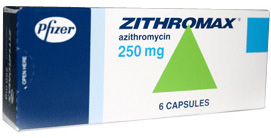
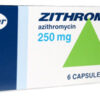

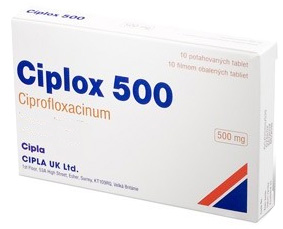
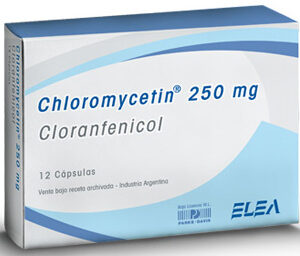
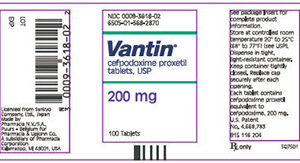
Reviews
There are no reviews yet.